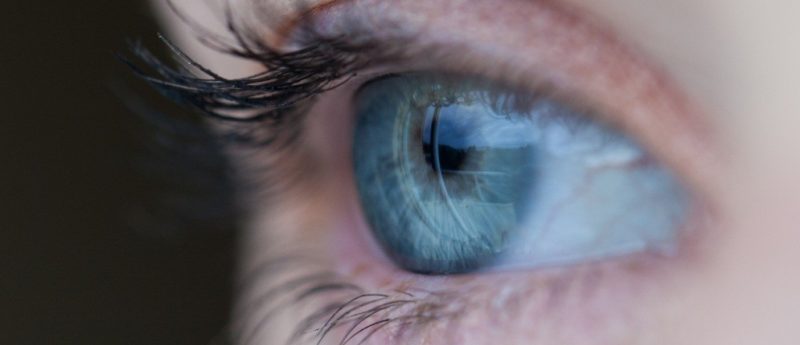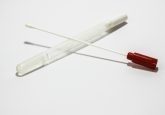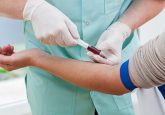Blood glucose and other bodily functions could be monitored by bio-sensing contact lens

Research presented at 253rd National Meeting & Exposition of the American Chemical Society (2–6 April 2017, CA, USA) demonstrated the possibility of doctors and patients being able to monitor blood glucose levels and other signs of disease without the use of invasive tests, thanks to the development of transparent biosensors embedded into contact lenses. In the future, the bio-sensing lenses could be utilized to monitor drug use, spot the first signs of cancer or other serious medical conditions.
“These biosensors probably won’t put blood labs out of business,” commented Gregory S. Herman (University of Hawaii-Manoa, HI, USA) “But I think that we can do a lot of diagnostics using information that can be extracted from tear drops in the eye.”
While working in industry, Herman and two colleagues invented an indium gallium zinc oxide compound (IGZO). This semiconductor allowed higher resolution displays on televisions, smartphones and tablets; it also allowed for power saving while improving touch-screen sensitivity.
Herman began investigating the biomedical applications of this technology when he moved to Oregon State University (OR, USA) in 2009. He particularly wanted to utilize the bio-sensing contact lenses to allow more efficient, continuous monitoring of blood glucose levels in diabetes patients.
The risk of diabetes-related health problems is reduced through the use of continuous glucose monitoring rather than the prick-and-test approach. However, with most of these systems there is a need to insert electrodes in various locations under the skin, which can be painful and potentially cause skin irritations or infections.
As users can replace the bio-sensing contact lenses easily on a daily basis, many of these problems could be eliminated and compliance could be improved. The devices are also invisible, unlike electrodes on the skin, which could help users feel less self-conscious.
The first step for Herman and his colleagues was to develop an inexpensive method to produce IGZO electronics. This approach was then utilized by the team to make a biosensor that contained glucose oxidase alongside a transparent sheet of IGZO field-effect transistors. When glucose was applied to the sensor, it was oxidized by the glucose oxidase. This shifted the pH level of the mixture, triggering changes in the electric current through the IGZO transistor.
As glucose concentrations are much lower in the eye than in the interstitial fluid under a patient’s skin, there is a need for higher sensitivity in biosensors embedded in the eye. The researchers resolved this by making the nanostructures with the IGZO biosensor able to detect concentrations of glucose lower than those found in tears.
It could be possible in the future to embed more than 2,5000 biosensors in a 1 mm square patch of an IGZO contact lens; each one could potentially measure a different bodily function. The biosensors, once fully developed, could use smartphones and other Wi-Fi or Bluetooth-enabled devices to transmit vital health information.
The IGZO system has already been utilized by Herman and his team to measure uric acid in catheters, as an indicator of kidney function. The possibility of using it for the early detection of cancer and other serious conditions is also being explored. Herman however, stated that producing a prototype ready for animal testing could take a year or more.
Sources: 2017 253rd National Meeting & Exposition of the American Chemical Society (2–6 April 2017, CA, USA); www.acs.org/content/acs/en/pressroom/newsreleases/2017/april/bio-sensing-contact-lens-could-someday-measure-blood-glucose-other-bodily-functions.html





